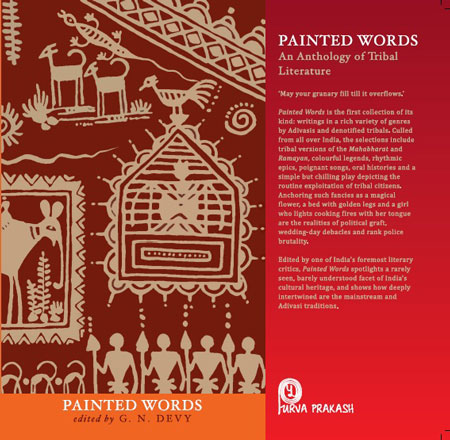Coop society creates steady source of income for over 11,000 farmers
The ability of the collective of tribals in Paderu Agency area in initiating and maintaining a sustainable commercial cultivation of coffee has earned it the recognition from its peers and a number of funding agencies. The latest being the Citibank Community Enterprise of the Year Award.
The Small and Marginal Tribal Farmers Mutually Aided Cooperative Society of Paderu (SAMTFMACS), formed in 2007 as a coffee processing and marketing enterprise, has successfully changed the socio-economic and geographic landscape of the region by creating a steady source of income to its members apart from greening the forests. The efforts have resulted in decreased involvement of money lenders and middlemen, thus improving the livelihood of the tribal communities who depend upon growing coffee as a primary source of income. Currently, more than 11,000 farmers are part of the cooperative, in addition 35 local tribal youth are employed full time in the cooperative and many illiterate women get wage employment at the cooperative’s coffee processing unit. […]
Currently the cooperative has diversified into agri-forestry with a focus on reviving the eco-system. Under this programme – Hariyali –the community has planted the 2 millionth sapling recently.
The best part is the community is following up on the plantation and taking care to nurture the sapling till it grows into a full-fledged tree. In case any plant withers away it is replaced by another one and its growth monitored, chief sustainability officer of Naandi Foundation, working with the tribals in this project, David Hogg said. Mr David Hogg and the Naandi Foundation leveraged their networks to get the Livelihoods Group to fund the entire project. […]
Source: “Citibank award for Paderu tribal coffee collective” by G. S. SUBRAHMANYAM, The Hindu, VISAKHAPATNAM, January 29, 2013
Address : https://www.thehindu.com/news/cities/Visakhapatnam/citibank-award-for-paderu-tribal-coffee-collective/article4356508.ece
Date Visited: Thu Mar 21 2013 14:33:43 GMT+0100 (CET)
Tips for using interactive maps
Toggle to normal view (from reader view) should the interactive map not be displayed by your tablet, smartphone or pc browser
For details and hyperlinks click on the rectangular button (left on the map’s header)
Scroll and click on one of the markers for information of special interest
Explore India’s tribal cultural heritage with the help of another interactive map >>
See also
Adverse inclusion | Casteism | Rural poverty
Demographic Status of Scheduled Tribe Population of India (Census figures 2011)
Fact checking | Figures, census and other statistics
Human Rights Commission (posts) | www.nhrc.nic.in (Government of India)
Search tips | Names of tribal communities, regions and states of India
“What is the Forest Rights Act about?” – Campaign for Survival and Dignity
“Who are Scheduled Tribes?” – Government of India (National Commission for Scheduled Tribes, NCST)
“India, a union of states, is a Sovereign, Secular, Democratic Republic with a Parliamentary system of Government. The President is the constitutional head of Executive of the Union. In the states, the Governor, as the representative of the President, is the head of Executive. The system of government in states closely resembles that of the Union. There are 28 states and 8 Union territories in the country. Union Territories are administered by the President through an Administrator appointed by him/her. From the largest to the smallest, each State/UT of India has a unique demography, history and culture, dress, festivals, language etc. This section introduces you to the various States/UTs in the Country and urges you to explore their magnificent uniqueness…” – KnowIndia (Government), States and Union Territories (Visited: 2 September 2023)
Learn more about India’s 28 States and 8 Union Territories – From Andhra Pradesh to West Bengal | Nutrition >>
Learn more
Atree.org | Ashoka Trust for Research in Ecology & the Environment (posts)
Biodiversity | Hyderabad biodiversity pledge | Nilgiri Biosphere
Climate change | Audio | The Climate Question (BBC Podcast)
eJournals & eBooks | Background guide for education
eLearning: Center for World Indigenous Studies
Forest Rights Act (FRA) | Hunter-gatherers | Legal rights over forest land
Health and nutrition | Recommendations by the Expert Committee
“The tribal food basket has always been diverse and nutritious”
United Nations on climate change
What is the Forest Rights Act about?
Who is a forest dweller under this law, and who gets rights?
